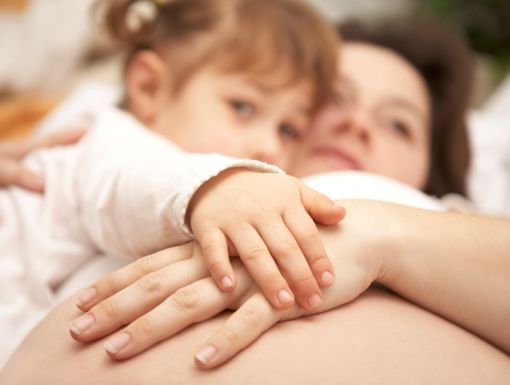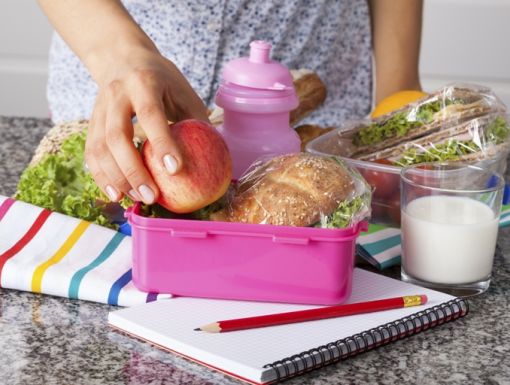
Here's How to Build a Complete First-Aid Kit for 2025
Emergencies can happen when you least expect them. To help prepare for the unexpected, having a well-stocked first-aid kit can give you a critical advantage for handling minor injuries, illnesses or unexpected situations.
We break down why first-aid kits are essential, what they should contain and how to prepare for various scenarios.
Why do I need a first-aid kit?
It will bring you peace of mind and the ability to help in emergencies. Having access to basic medical supplies, whether you're at home or traveling, can make a huge difference. Properly prepared kits can help you manage minor injuries until professional help is available or prevent complications from worsening.
Where do I store my first-aid kit, and how do I store a first-aid kit safely?
Place first-aid kits in locations that make sense for your lifestyle. Common places include your home, car, and carry-on bag when traveling. Just as important as having the kits is maintaining them. Check your kits regularly to replace expired products or batteries and make sure they're fully stocked. For safety, always keep kits out of children's reach.
What do I need to keep in my emergency first-aid kit?
First-aid kit essentials for families
Here's a list of items every family first aid kit should include. These supplies cover a wide range of minor emergencies:
- Emergency contact information (A laminated list of phone numbers, including your doctor and local emergency services.)
- Flashlight and batteries
- First aid instruction booklet
- Personal medications
- 2 absorbent compress dressings
- 25 adhesive bandages in assorted sizes
- 1 adhesive cloth tape
- 5 antibiotic ointment packets
- 5 antiseptic wipe packets
- 2 packets of aspirin (81 mg each)
- Space blanket
- Hand sanitizer
- Breathing barrier (with one-way valve)
- Instant cold compress
- 4 pairs of nonlatex gloves
- 4 pair of large latex gloves
- 2 hydrocortisone ointment packets
- Scissors
- 2 roller bandages
- 10 sterile gauze pads
- Oral thermometer (nonmercury/non-glass)
- 2 triangular bandages
- Tweezers
These supplies provide a solid foundation for treating cuts, burns, minor infections and other common injuries.
Additional items for babies
If you're caring for an infant, consider adding the following baby-specific items to your emergency preparedness kit:
- Baby acetaminophen
- Baby nail clippers
- Cotton balls and/or swabs
- Petroleum jelly
- Medicine syringe
- Bulb suction and saline drops
- Rectal thermometer
- Diaper rash ointment
- Moist towelettes or baby wipes
- Diapers
- Bottles
- Baby formula and/or food
Tips for staying prepared
- How often should I check my first-aid kit? Set a reminder to inspect your kits at least twice a year. Replace expired items and make sure everything works.
- How should I customize my first-aid kit? Consider your household's unique health conditions or allergies and include additional supplies as needed.
- What can further keep me prepared: Familiarize yourself with basic first aid techniques, like CPR or the Heimlich maneuver, so you can confidently handle emergencies.
- What should I include in a travel first-aid kit? Your travel first-aid kit should be lighter than what you keep at home.
Emergencies may be unpredictable, but preparation doesn't have to be. A well-stocked first aid kit makes you feel confident and ready to face most minor injuries and illnesses.
Is your first aid kit ready? Share this checklist with friends and family to help them prepare, too!
Learn more about Mai Lam, MD



